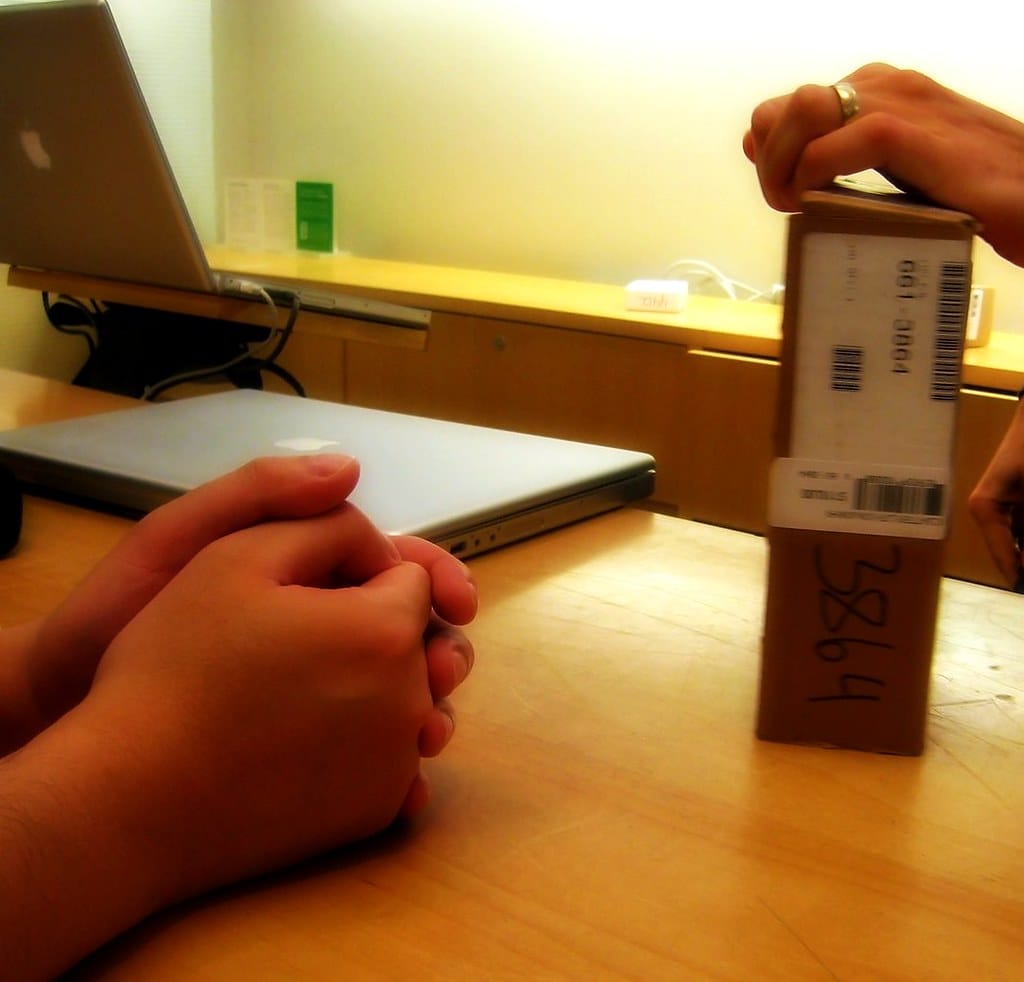"Please Confirm You're Human": Call Center Workers Fight AI Confusion
The irony is almost too perfect: as artificial intelligence becomes more sophisticated, human customer service representatives are increasingly having to prove they're not robots. Call center workers across industries report a growing phenomenon where customers automatically assume they're speaking to AI, leading to frustration, delayed resolutions, and a new kind of workplace challenge that highlights our complex relationship with technology.
The Rise of the "Human Check"
Sarah Martinez, a customer service representative at a major telecommunications company, starts nearly every call the same way now: "Hi, I'm Sarah, and I'm a real person here to help you today." It's become her standard greeting after months of customers asking mid-conversation, "Wait, are you a bot?"
This experience isn't unique. A recent survey by the Customer Service Institute found that 67% of call center employees report being mistaken for AI at least once per shift, with 23% saying it happens multiple times daily. The confusion has become so common that some companies are now training representatives to proactively identify themselves as human.
When Efficiency Meets Suspicion
The confusion stems partly from legitimate advances in AI customer service. Companies like Bank of America with their "Erica" chatbot and Amazon's Alexa have conditioned customers to expect AI interactions. When human representatives respond quickly with scripted answers—a hallmark of efficient customer service—customers increasingly assume they're dealing with automation.
"I've been doing this job for eight years, and I've never had to convince people I'm human before," says Marcus Thompson, a technical support specialist. "Now I find myself using slang or making small talk just to prove I'm real. It's exhausting."
The Emotional Toll
This phenomenon goes beyond mere inconvenience. Call center workers describe feeling dehumanized by the constant need to prove their humanity. Many report that customers become more aggressive or dismissive when they suspect they're speaking to AI, leading to increased stress and job dissatisfaction.
Dr. Elena Rodriguez, a workplace psychologist specializing in customer service environments, explains: "When workers feel they have to constantly validate their basic humanity, it creates a unique form of workplace stress. They're not just solving problems—they're fighting for recognition as people."
Industry Responses and Adaptations
Some companies are adapting their training protocols to address this challenge. Zendesk, a customer service platform, now includes "human verification techniques" in their training modules, teaching representatives to use conversational markers that clearly indicate human interaction.
Other organizations are taking different approaches:
- Personalization emphasis: Training staff to share appropriate personal details or experiences
- Conversational flexibility: Encouraging deviation from scripts when customers seem suspicious
- Upfront identification: Implementing policies requiring human agents to identify themselves as such
The Broader Implications
This trend reflects a larger societal shift in how we interact with technology. As AI becomes more sophisticated, the line between human and artificial interaction blurs, creating new challenges for businesses and workers alike.
Customer behavior analyst Jennifer Kim notes: "We're seeing a generation of consumers who are simultaneously more comfortable with AI and more suspicious of it. This creates a paradox where excellent human service can seem 'too good' to be human."
The Path Forward
The solution isn't to make human customer service less efficient, but rather to find ways to maintain the human connection while leveraging technology's benefits. Some companies are experimenting with hybrid approaches, where AI handles initial inquiries and clearly hands off to identified human representatives for complex issues.
For call center workers, this means adapting to a new reality where proving humanity has become part of the job description. Training programs are evolving to include "authenticity markers"—natural speech patterns, empathetic responses, and personal touches that distinguish human interaction from AI.
Conclusion
The confusion between human call center workers and AI represents more than a workplace inconvenience—it's a symptom of our rapidly evolving relationship with technology. As AI becomes more prevalent in customer service, companies must balance efficiency with humanity, ensuring that human workers feel valued and customers receive the authentic connection they often seek.
For businesses, the key is transparency: clearly identifying when customers are interacting with AI versus humans, and training staff to navigate this new landscape. For workers, adapting to this reality while maintaining their humanity and job satisfaction will be crucial as the customer service industry continues to evolve.
The future of customer service lies not in replacing humans with AI, but in finding ways for both to coexist while preserving the irreplaceable value of human connection.

